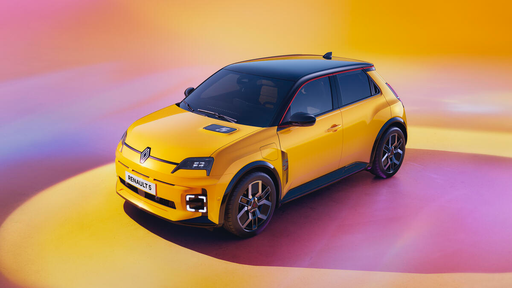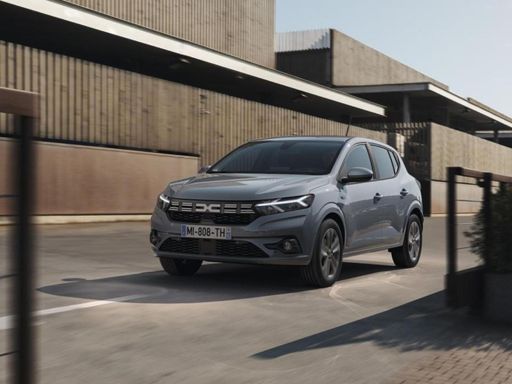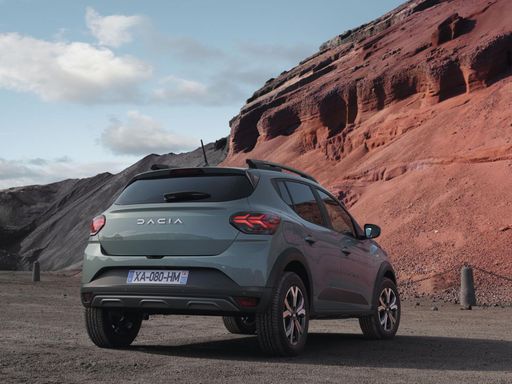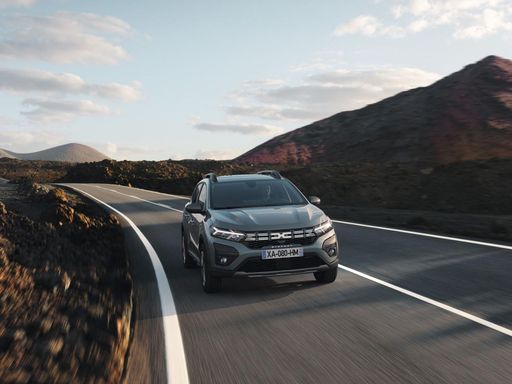Introduction: The Battle of the Hatchbacks
In the world of affordable hatchbacks, two models stand out: the Dacia Sandero and the Renault R5. While both belong to the same automotive group, they represent distinct philosophies in the rapidly changing automotive landscape. The Sandero continues to champion affordability and practicality, while the R5 boldly embraces electric innovation. This comparison promises to reveal the strengths and weaknesses of these two contenders.






